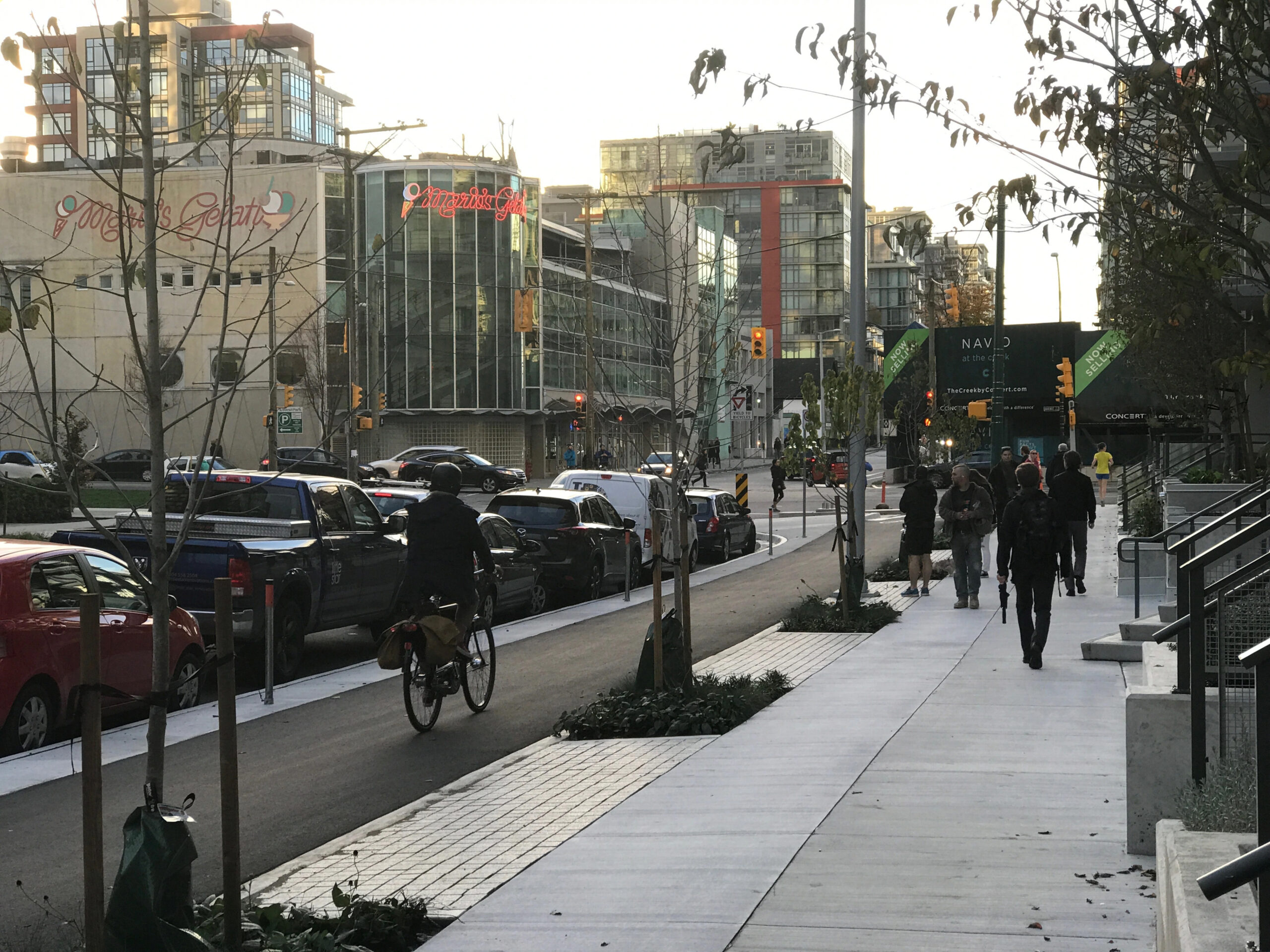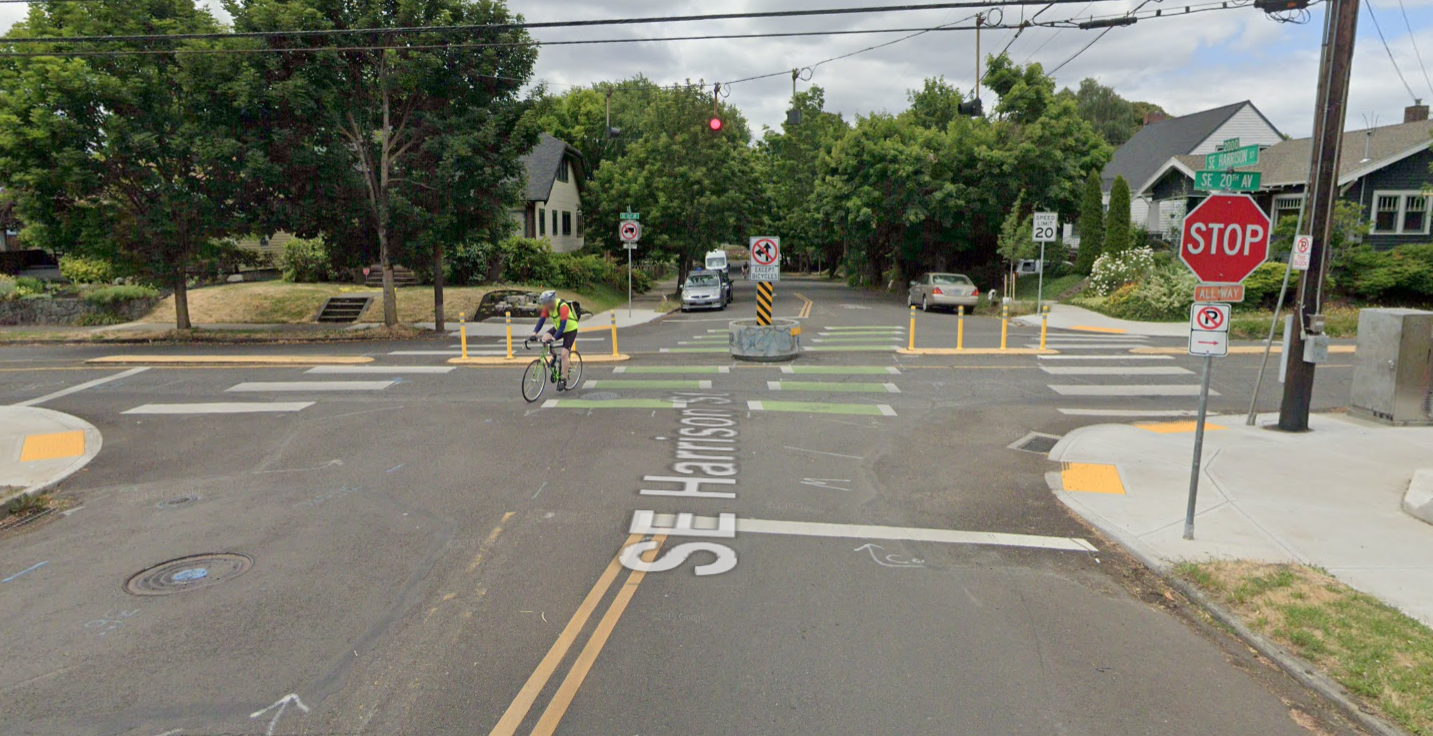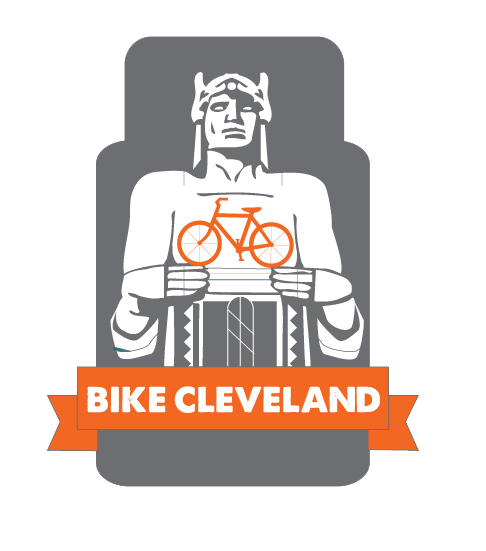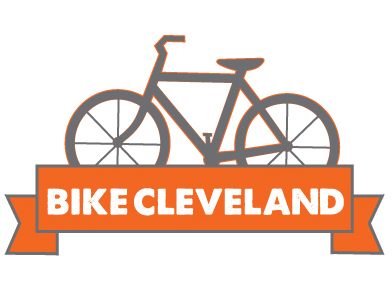The Future of Biking in Cleveland: What We Can Learn from Other Cities
In this summer blog series, we will be examining the intersectionality of multiple issues related to mobility and the need to expand protected bike infrastructure. This week’s post will discuss high-quality bike infrastructure in North American cities, and how these places can guide Cleveland to making bicycling more popular. Sign our petition calling on the City of Cleveland to upgrade our bike network to protect riders: https://p2a.co/Fc6MvSY
In recent decades, cities across North America have increasingly built all types of infrastructure for bicyclists to use, including trails, on – street facilities, and other amenities. While this is great, it is worth noting that not all of this infrastructure is of the greatest quality. However, this post is not going to be about bad bike infrastructure; rather, it will focus on North American cities that have made the greatest efforts to make biking a viable means of getting around.
Which cities have gotten it right?
When reading through lists of some of the best biking cities in North America, there are a few that often come up: Vancouver, Minneapolis, Portland, Montreal, and Pittsburgh, to name a few. Here, we will examine some of the infrastructure in these cities to see what makes them stand above the rest, and how we can use them as a model for what can be done in Cleveland.

This raised bike lane on First Avenue in Vancouver was built in 2016. This is an excellent example of well-protected infrastructure that increases rider safety and comfort. Source: Streetsblog
First, we will look at Vancouver, which is usually held up as the greatest bicycling city in North America. Over the last few decades, the city has actively worked to enlarge its low-stress bike network that works for people of all ages and abilities (AAA). According to Streetsblog, this guiding principle is what has led the city to create a nearly – 300 mile network of safe bike facilities since the 1970s. This has partially contributed to a massive reduction in diving there, with about 50% of trips being taken by bike, walking, and public transit. In Vancouver, a large portion of the bike network consists of protected lanes and cycle tracks, which make for a pleasant riding experience.
The other Canadian city of the 4, Montreal, has recently been hailed because of its fast implementation of bike infrastructure and widespread pedestrianizing of streets during the pandemic. The city recently committed to building a 200 km connected bike network by 2027, which would be well-protected and help to decrease travel times for bicyclists.
Minneapolis is usually considered to be the US city that is at the forefront of improved bike infrastructure in recent years, and for good reason. One of the city’s premier bike paths is the Midtown Greenway, a shared – use path that runs in a former rail right-of-way. The 5.5 mile trail, opened in 2000, cuts east – west across the city and is a vital piece of infrastructure for both bicyclists and pedestrians.

The Midtown Greenway in Minneapolis is one of the most successful rails-to-trails projects in recent years, and is considered a world – class bike infrastructure. Source: Rails-to-Trails Conservancy
Along with the Midtown Greenway, Minneapolis has built many pieces of bike infrastructure in recent years, with its large separated network helping the city become a mecca of outdoor recreation.
Before the rise of Minneapolis, however, Portland was the undisputed epicenter of bike culture and high-quality infrastructure in the US. From the city’s use of neighborhood greenways to protected infrastructure, Portland has consistently been one of the most bike – friendly cities in the country for decades. Notably, in 2020, the city council passed a 10-year bike plan that gave recommendations for planning, funding, and maintenance. One of the most ambitious aspects of the plan was to increase the length of recommended bike lane/trail projects to over 900 miles.

Portland has a large network of neighborhood greenways, many of which include modal filters. Modal filters, such as this one, allow bikes to pass through certain places where cars are not allowed. Source: Google Maps
One peer city of Cleveland that has made massive strides in its bike infrastructure over the last two decades is Pittsburgh. Since the founding of BikePGH in 2002, the city has gone from having 10 miles of bike infrastructure to more than 100 miles today. The city also has a plan in place to expand the bike network by 150 miles by 2030. The city also has an ordinance which requires installation of bike parking at new and change-in-use buildings, as a result of advocacy efforts. While there are many gaps in the existing network, Pittsburgh is working faster than most Rust Belt cities to provide better multi-modal transportation options for all residents.
It’s clear through reading about each of these cities that one of the keys to becoming a bike-friendly place is developing a low-stress network of facilities. In many respects, Cleveland already has part of this network, considering that there are many trails here that provide high-quality routes for bicyclists to use for both transportation and recreational activities. However, we must also invest in quality on-street bike facilities in order to create more comprehensive networks that are safe for individuals of all ages.
Conclusion
Building out large, low-stress bike networks has been done in many North American cities. This post details five such cities that have been on the front lines of bike infrastructure implementation over the last decade. While many of these cities are larger than Cleveland, this is not a reason why a similar network could not be developed here. We are pleased to see that the City of Cleveland has committed in recent years to expand our bike network and support initiatives that make biking easier, including the recent release of an RFP to develop a new City-wide Mobility Plan. However, we must continue to push for the highest-quality infrastructure possible in order to increase safety, bike ridership, and equity in our city.
What can you do?
Our 2023 Policy Priorities revolve around maintaining and investing in 27 miles of existing bicycling corridors to provide safety and comfort requirements of potential users.
Support our 2023 Policy Priorities!
This summer blog series will be written by Connor Brentar, an intern at Bike Cleveland, and focuses on issues relating to advocacy and education surrounding biking.

